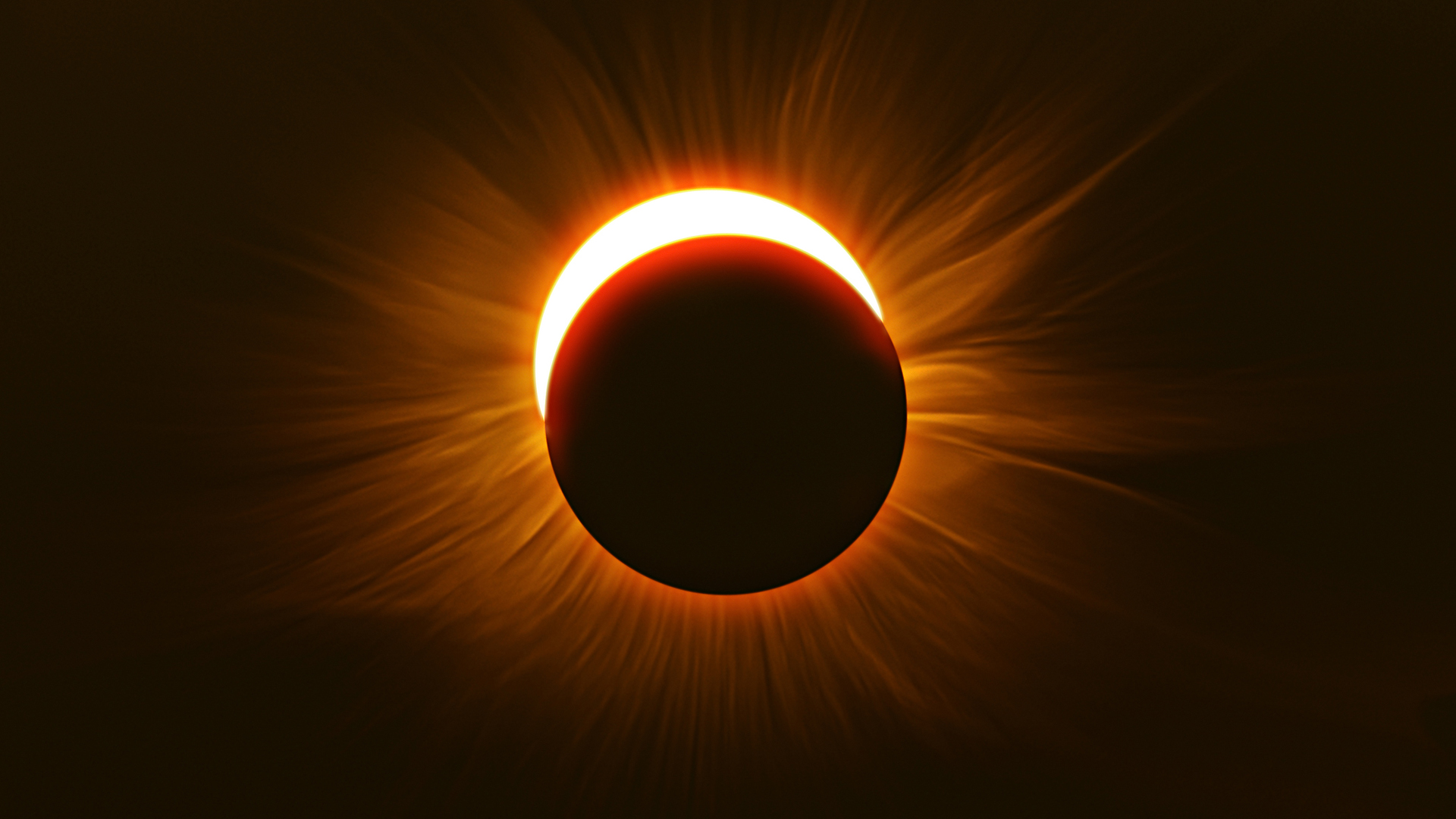How to Photograph a Total Solar Eclipse with Any Camera
Capture the Celestial Wonder with Our Guide
Introduction
A total solar eclipse is a rare and awe-inspiring cosmic event that captivates individuals worldwide. If you're fortunate enough to witness this celestial wonder, capturing the moment with your camera is a must-do experience. However, photographing a solar eclipse requires careful planning and specialized techniques to ensure safety and optimal results.
Choosing the Right Optics
The type of optics you use will significantly impact the quality of your eclipse photos. Consider the following options:
- Camera Lens: DSLR or mirrorless cameras with interchangeable lenses offer the most versatility. Use a telephoto lens for up-close shots of the sun or a wide-angle lens for capturing the eclipse within the landscape.
- Telescope: Advanced photographers may use telescopes for high-magnification shots. However, ensure your telescope has a solar filter to protect your eyes and camera sensor.
Safety First: Protecting Your Eyes and Camera
NEVER look directly at the sun during an eclipse, even through a camera lens or telescope. Permanent eye damage can occur instantly. Use a solar filter certified by the International Organization for Standardization (ISO) to cover your camera lens or telescope aperture.
Step-by-Step Guide to Capture the Eclipse
- Set Up Your Camera: Use a tripod for stability and set your camera to manual mode for full control over exposure.
- Check Exposure: Take a few test shots without the solar filter to determine the correct exposure. Stop down the aperture and increase the shutter speed as needed.
- Attach Solar Filter: Once you have the desired exposure, attach the solar filter to your lens or telescope.
- Capture the Eclipse: Focus on the sun and start shooting. Use a cable release or self-timer to avoid camera shake.
- Adjust Exposure if Necessary: As the eclipse progresses, adjust your exposure settings to compensate for the changing light conditions.
- Shoot in RAW format for maximum flexibility in post-processing.
- Use a wide aperture (f/2.8-f/5.6) to blur the background and create a shallow depth of field.
- Compose your shot to include interesting foreground elements to frame the eclipse.
- Experiment with different shooting modes, such as time-lapse or HDR, to capture the eclipse's dynamic range.


Komentar